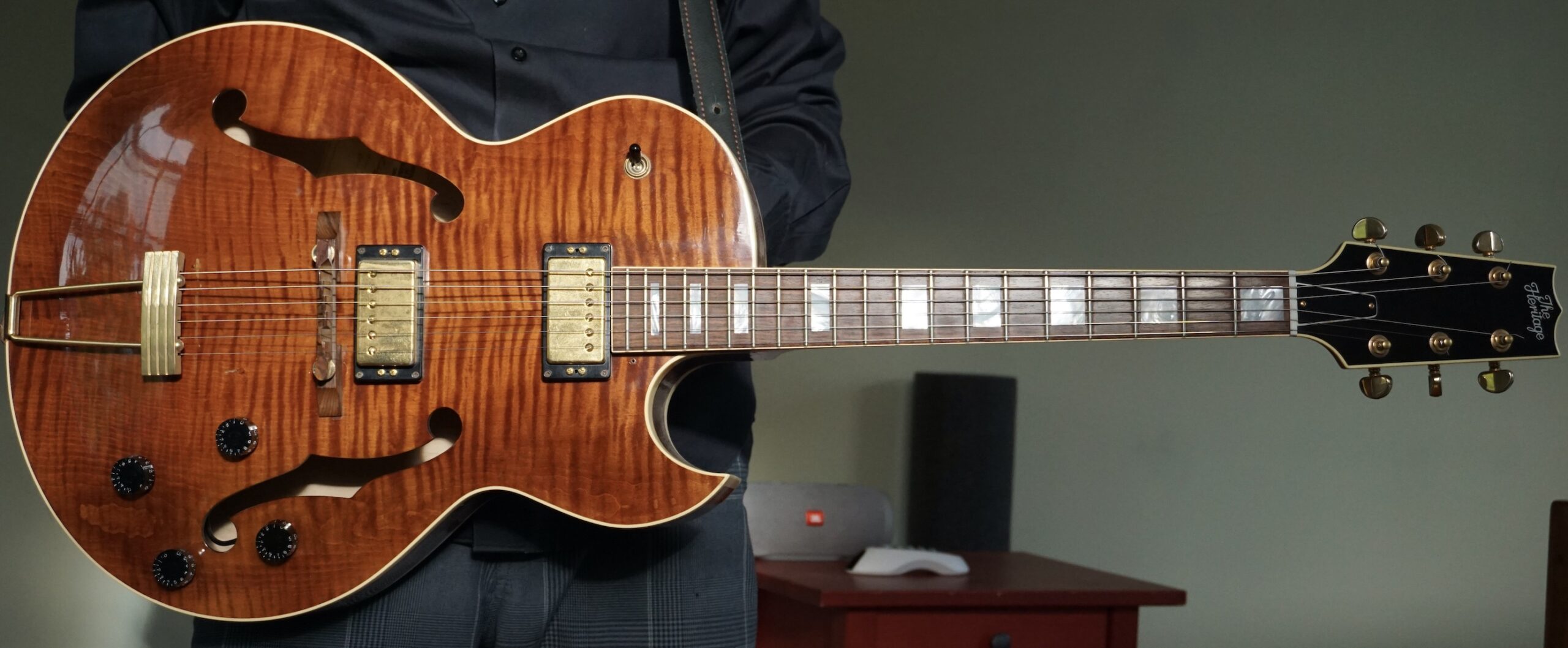Sarah Gilbert — MEI Fellow
While the public’s attention has been turned to the high-profile case involving Atlanta rapper Young Thug and the chaotic trial proceedings, the issue of using lyrics as evidence in court has sparked significant outrage. Young Thug’s lyrics were cited in a RICO indictment against him and members of his Young Stoner Life collective.
Although this issue is not new, there have finally been legislative changes. The Restoring Artistic Protection Act (RAP Act), initially introduced last July in the 117th Congress, has been reintroduced to 118th Congress by Democratic congressmen Hank Johnson and Jamaal Bowman. The bill aims to protect artists from having their lyrics wrongfully used against them in criminal and civil cases by introducing Rule 416 to the Federal Rules of Evidence which would create a higher standard of proof for admitting an artist’s creative expression as evidence in court. One major change with the reintroduction of the bill, is that while the original RAP Act included limitations only for criminal trials the new bill includes limitations for civil trials as well.
Although the current bill has yet to pass the House, various U.S. states have been enacting their own legislation to create stronger limitations for the use of lyrics as evidence in trials. We plan to follow, analyze, and compare the legislative developments in Congress and the states.
The two states who have currently enacted legislation are California and Louisiana. In this post, we analyze the Louisiana act, comparing it to the current Congressional RAP Act bill. In our next post we do the same for the California legislation.
Louisiana enacted H.B. 475, the Restoring Artistic Protection Act of 2023 (LA RAP Act), on August 1, 2024. The law amends Rule 404 of the Louisiana Code of Evidence governing the admissibility of character evidence. It was a response to cases such as that of New Orleans rapper Mac Phipps.
At 22 years old, Mac Phipps was convicted of manslaughter for the death of Barron Victor Jr., despite a lack of forensic evidence linking him to the crime. Instead, prosecutors in St. Tammany Parish heavily relied on Phipps’ lyrics from his songs, including “Shell Shocked” and “Murda, Murda, Kill, Kill,” to portray him as someone capable of committing murder. These lyrics were used to prove Phipps had a violent and dangerous character, even without a prior criminal record. This approach significantly influenced the jury’s decision, as confirmed by a juror in a 2015 interview, leading to Phipps’ conviction by a split jury and a 30-year prison sentence.
Over the years, several discrepancies in Phipps’ case came to light, and in 2021, Louisiana Governor John Bel Edwards granted him clemency, resulting in his release after spending over two decades behind bars. Phipps’ case is not unique; it is part of a broader pattern in the American criminal justice system where rap lyrics and other forms of artistic expression have been used as evidence to establish character.
The LA RAP Act prohibits using creative expression to prove a defendant’s character or suggest they acted in accordance with that character. However, the act allows the evidence if it serves other legal purposes, like proving motive, intent, or identity, with a requirement for reasonable notice to be given by the prosecution or defense when intending to use such evidence. In the Mac Phipps case, for example, if the law had been in place at the time prosecutors would have been prohibited from introducing his lyrics to establish a violent and dangerous personal character (as they did), although they would still have been allowed to seek to introduce them to show motive, intent, or knowledge of the crime.
Note that the LA RAP Act only creates guidelines for creative expression with regards to character evidence, whereas the federal RAP Act bill would establish a presumptive prohibition on the use of a defendant’s artistic expression as evidence for any purpose. However, if federal prosecutors can show by clear and convincing evidence that the defendant intended the literal meaning of the expression, then it can be introduced as evidence in trial. Motions to overcome the presumption against allowing the evidence would be heard in a pre-trial hearing outside the jury’s presence. Furthermore, Federal Rules of Evidence Rule 403 allows for a court to exclude relevant evidence if the probative value is substantially outweighed by unfair prejudice. Accordingly, the federal RAP Act’s proposed Rule 416 would affect the balancing test of Rule 403 with regard to the admissibility of creative expressions.
